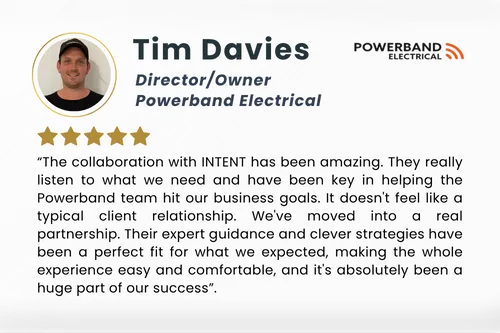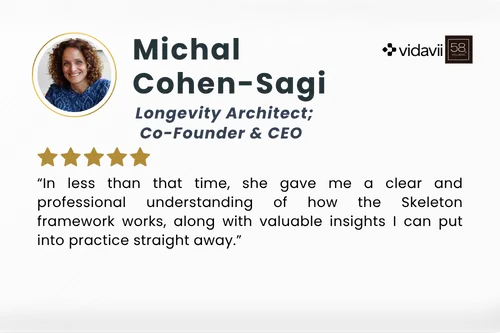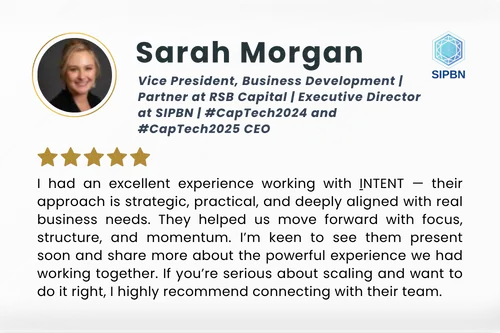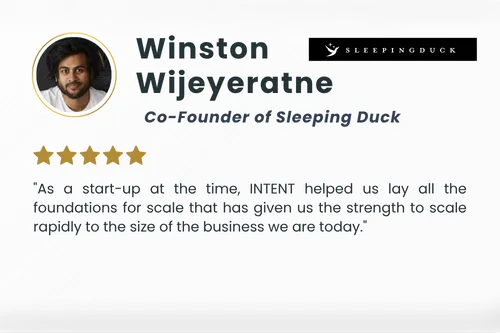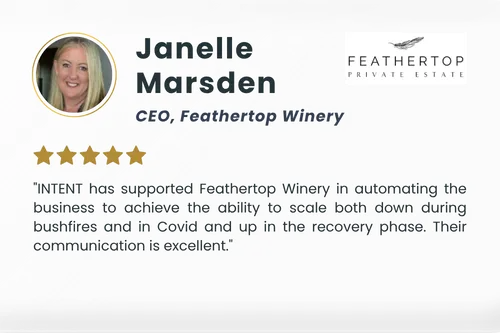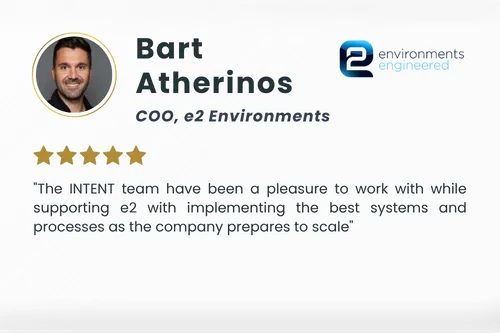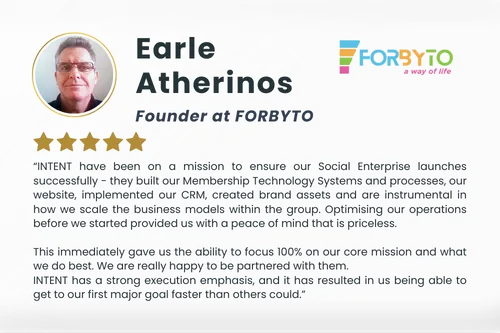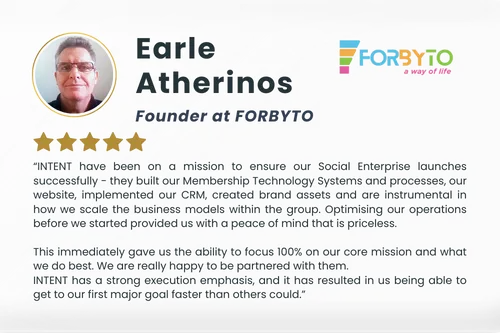Journey to Scale: Real Results!
Testimonials from High-Growth Businesses
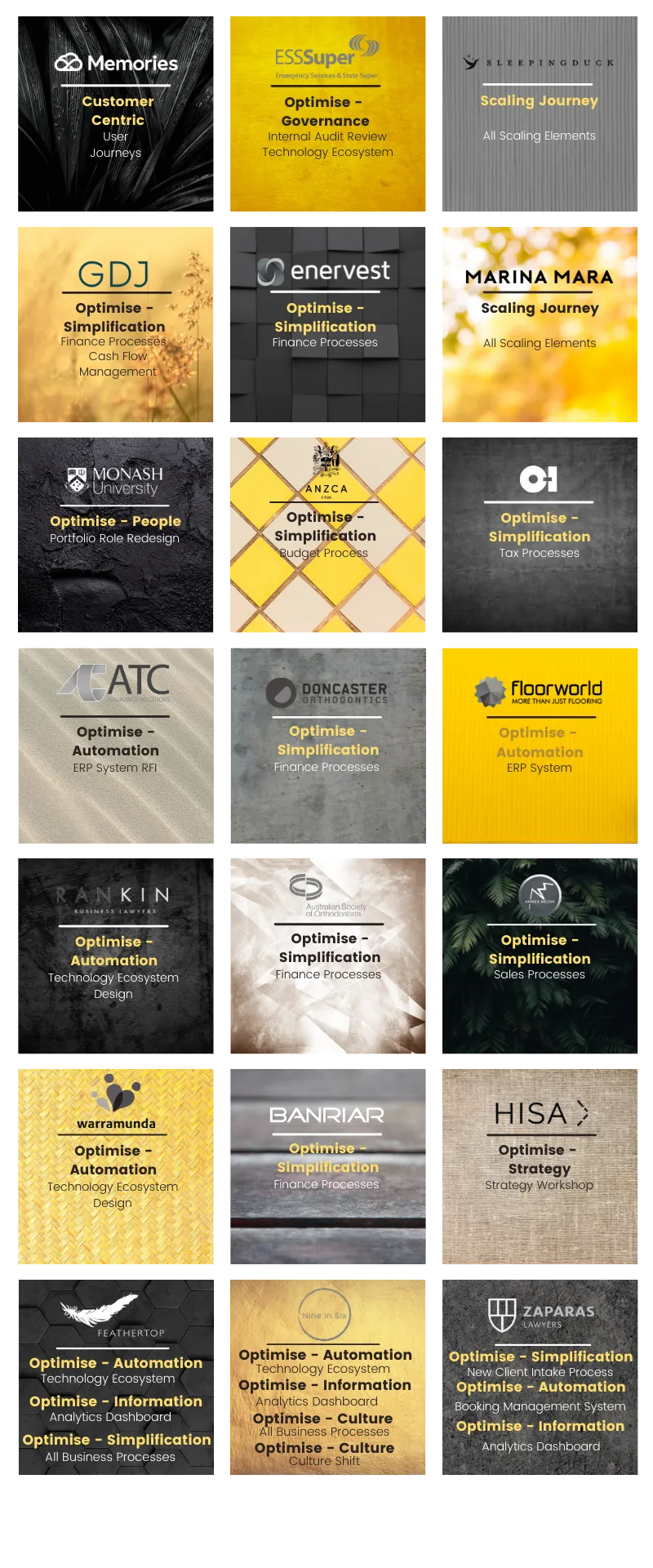

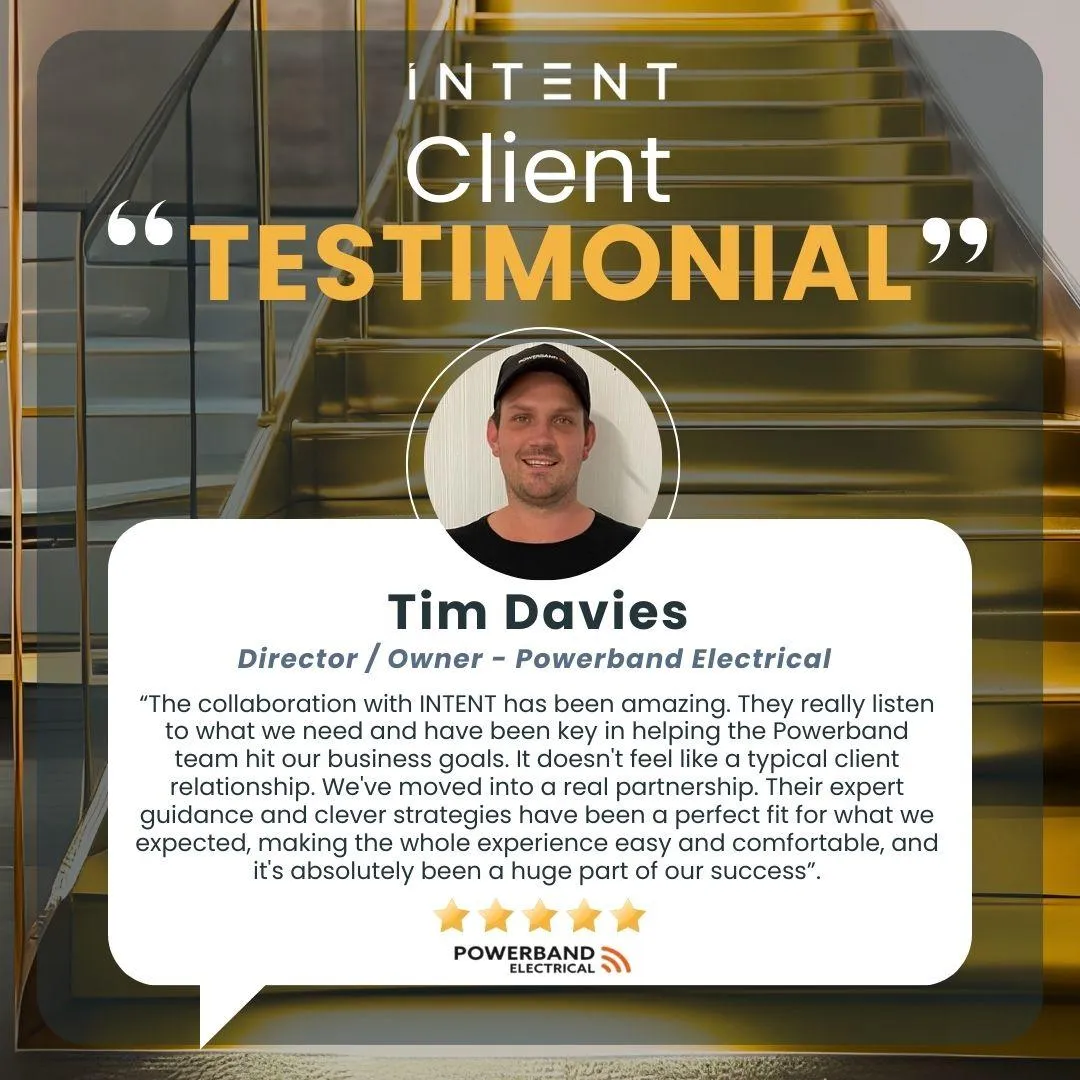
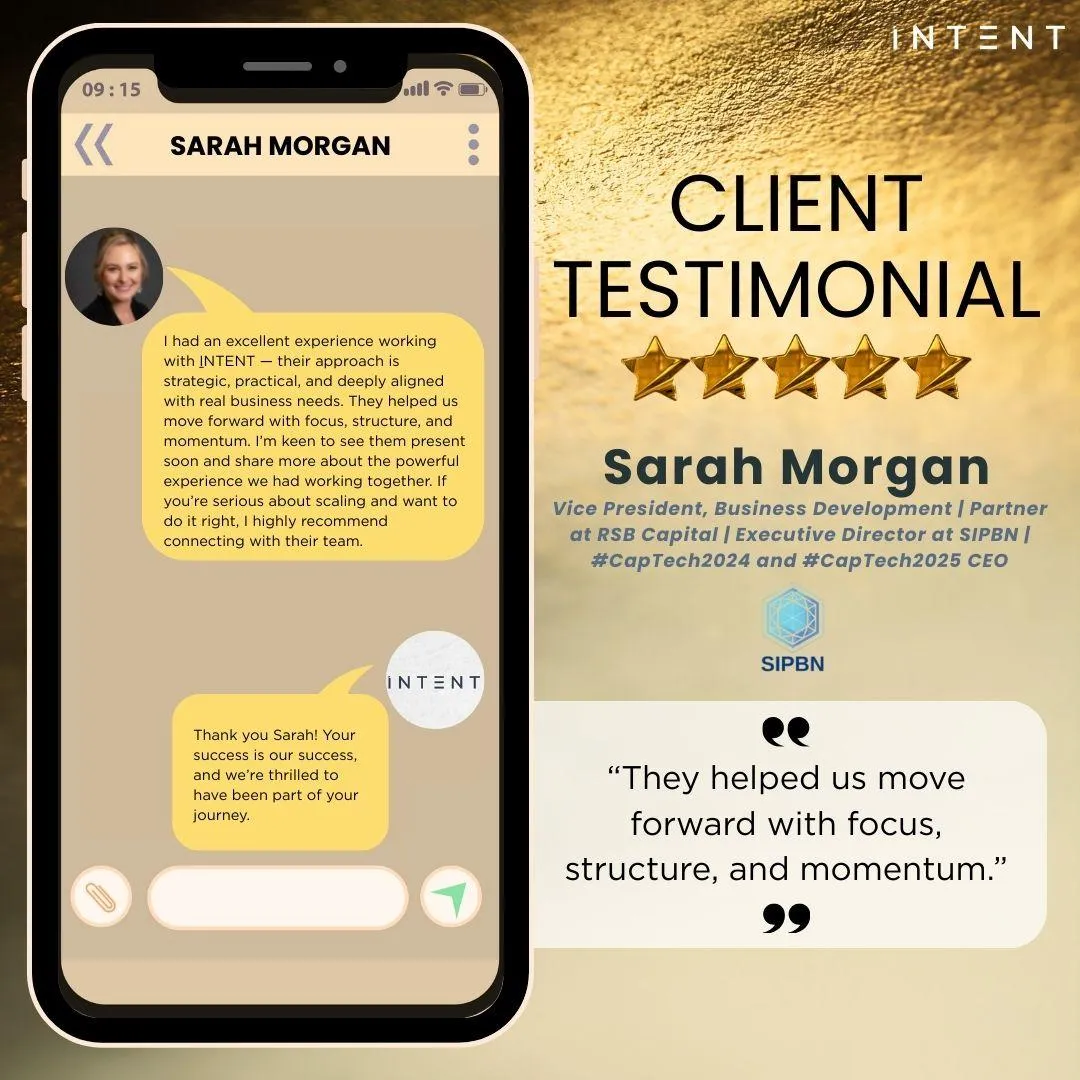

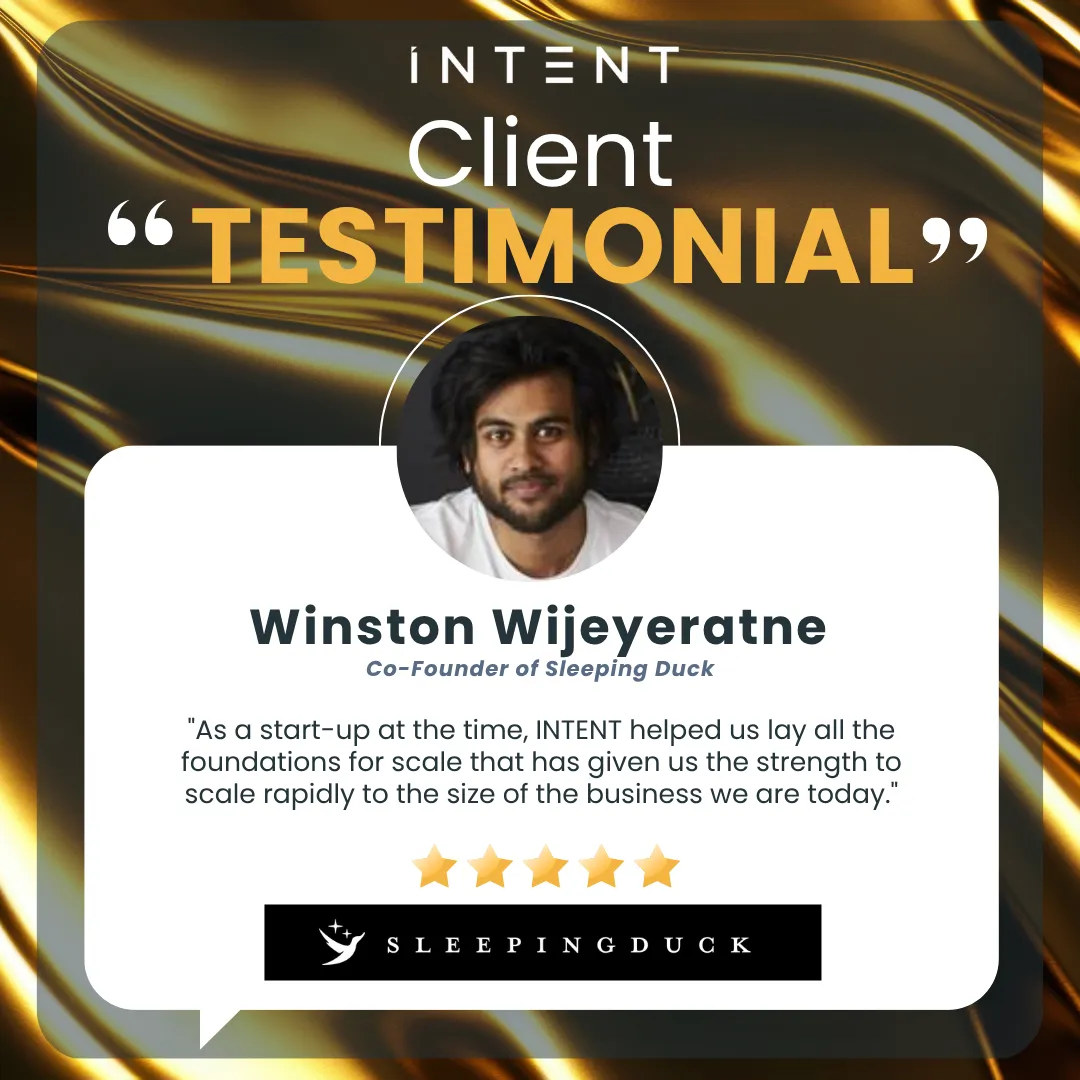
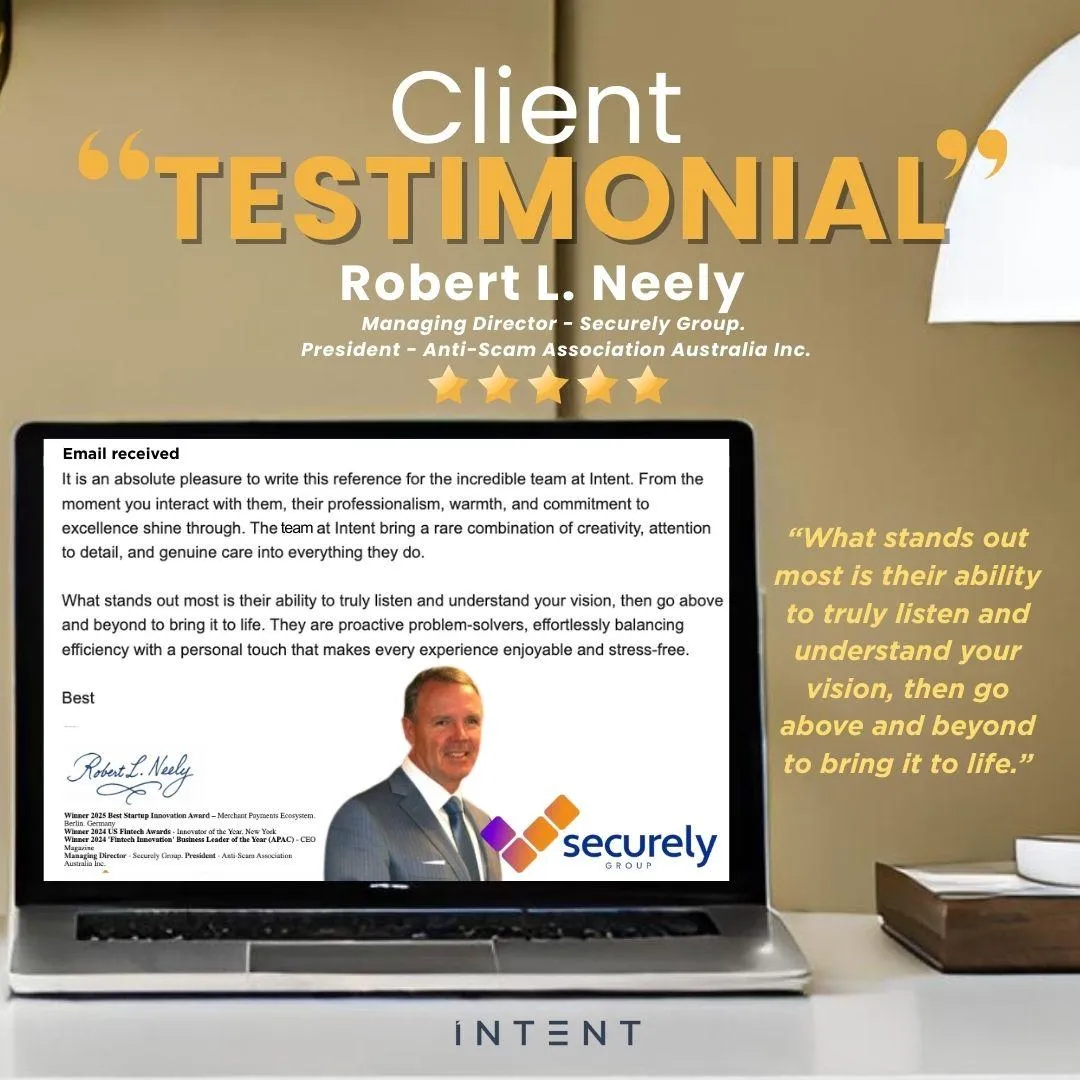
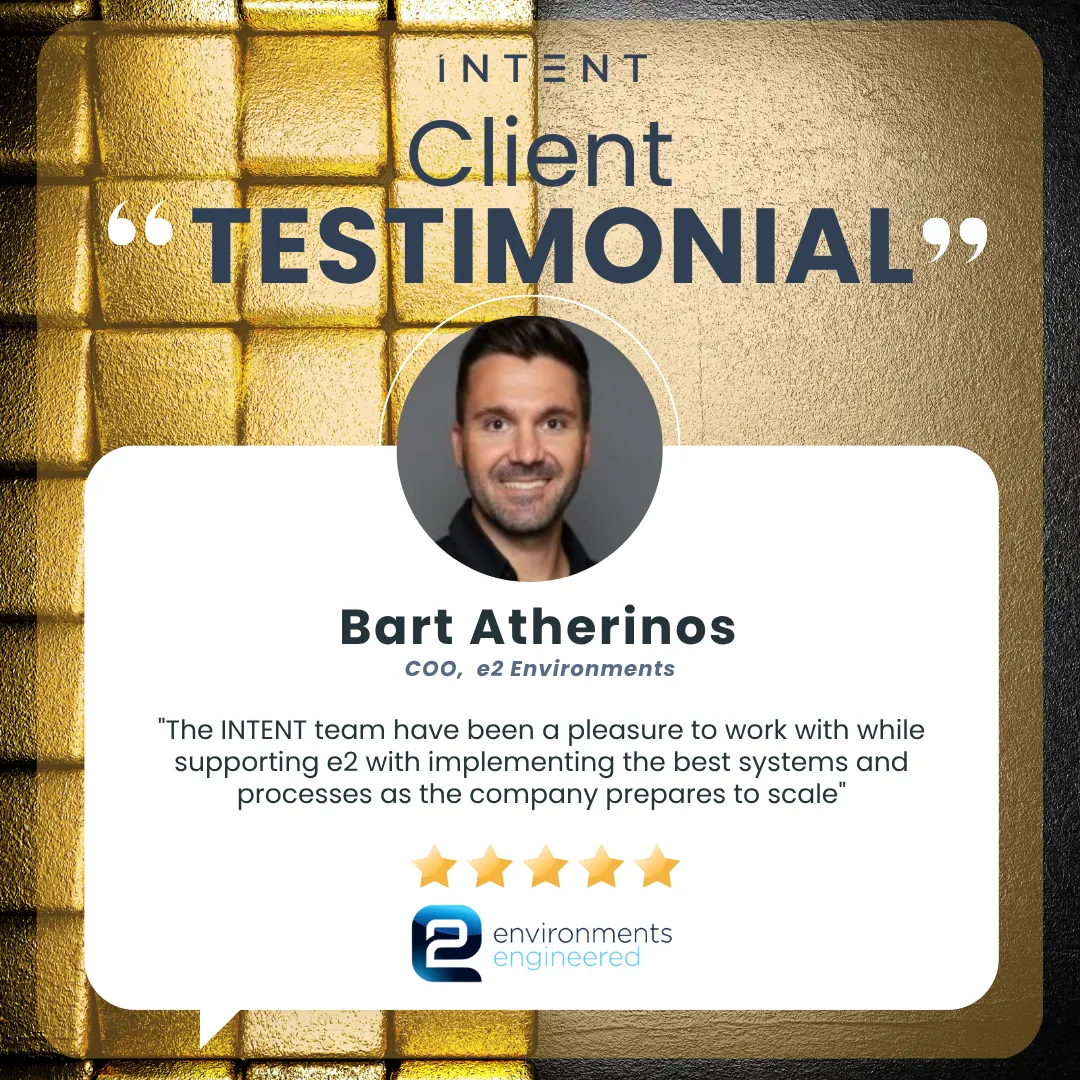

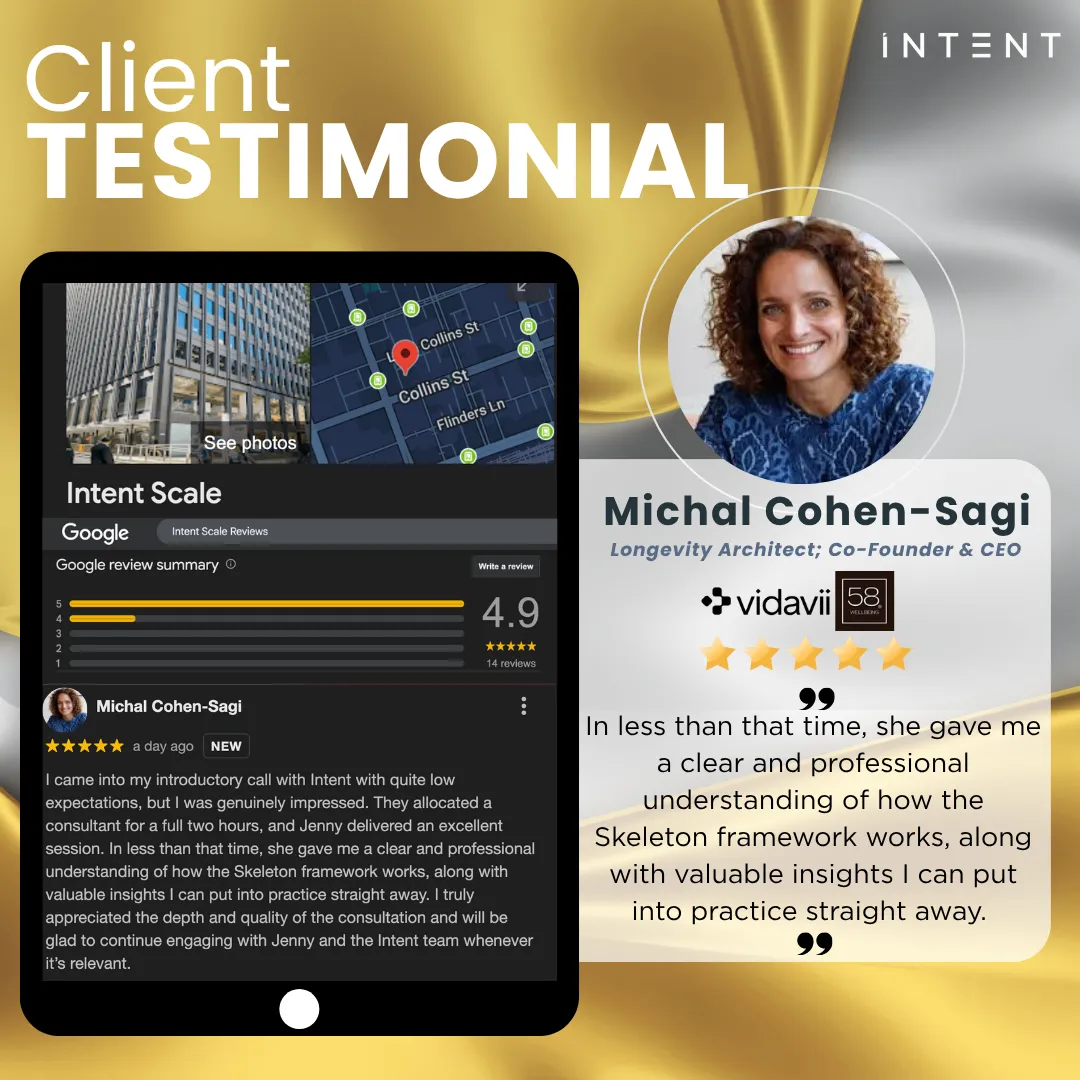
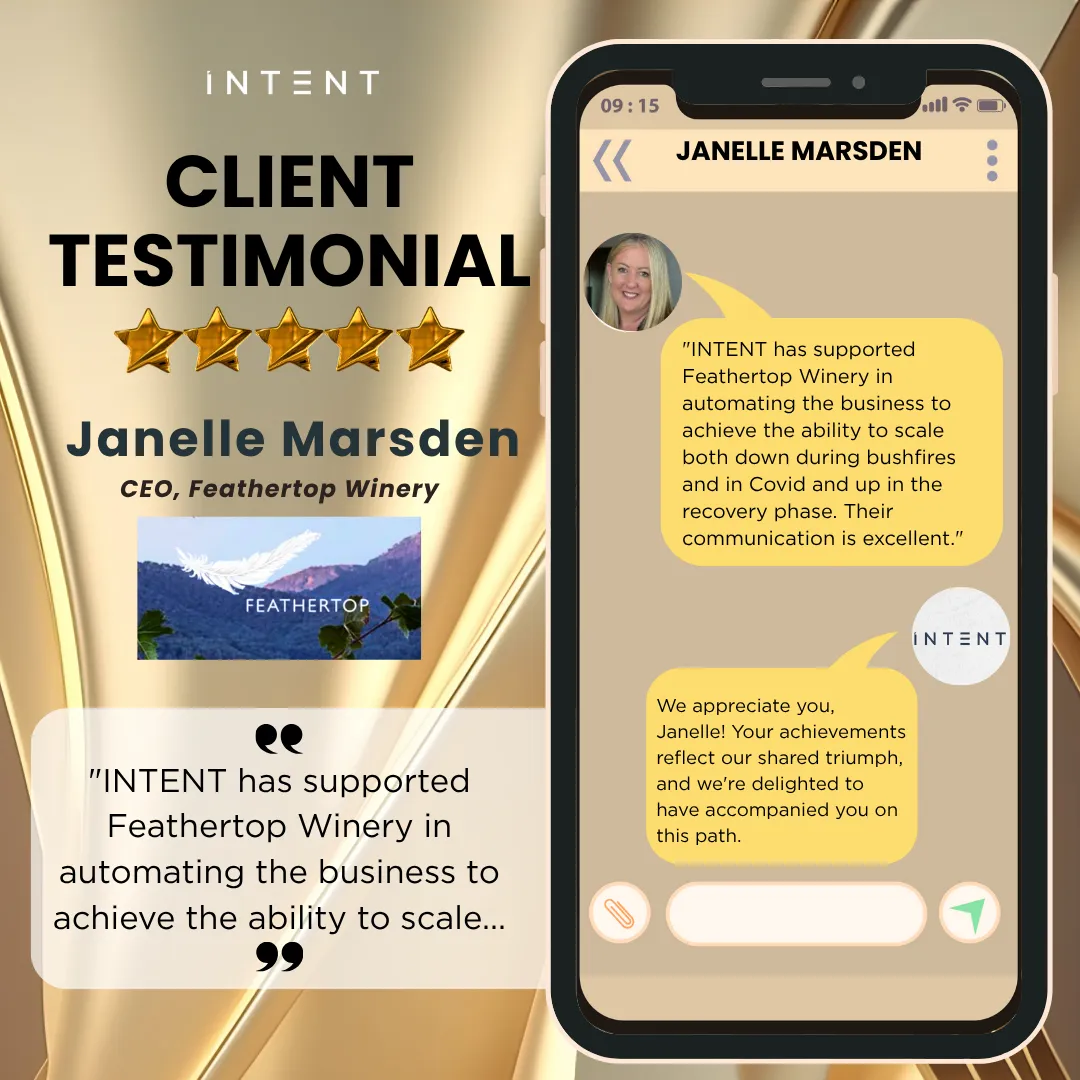
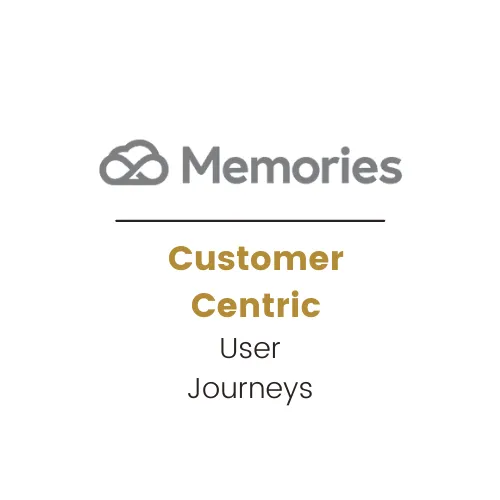






Journey to Scale: Real Results!
Testimonials from High-Growth Businesses











Our Featured Case Studies

e-COMMERCE RETAIL INDUSTRY
Two young work colleagues approached us with the desire to sell mattresses online.
They saw how impractical it was for people to choose a mattress after spending no more than say ten minutes testing it in a shop.
They were driven to make a difference in this market space, by offering consumers the opportunity to sleep on a mattress for sixty days before they decided to keep it, no strings attached..

The NFP's Smart New Engine System
A thriving Not-For-Profit was growing faster than its systems could handle. Their mission—to connect top professionals and businesses—was succeeding, but their operations were falling behind.
Data was scattered across multiple tools, staff were stuck in manual processes, and visibility into performance was limited. Growth had become a burden instead of a win.
That’s when INTENT stepped in. Rather than adding more software chaos, we built a unified, scalable Operating System—integrating the best platforms into one seamless engine. Now, they can manage their entire organisation intelligently, automate repetitive tasks, and focus on what truly matters: connecting and empowering their community.

Launching with Purpose: GO TO MARKET - Establishing a Compliant Foundation
A pioneering Social Enterprise had a bold vision but was stuck in planning, tangled in legal, funding, and tech challenges. INTENT became their engine room, building the foundation from the ground up. We defined a clear Go-To-Market strategy, ensured compliance, secured partnerships, and implemented digital infrastructure, including a website and CRM. We then executed the launch and managed operations and finance for three months, providing stability.
The result: a seamless, professional market entry with instant credibility, a scalable structure, and a leadership team free to focus on impact. INTENT turned their vision into a thriving, high-impact enterprise ready to grow.

Digital Transformation: Optimising Service for the NFP Sector
A specialist professional practice in the Not-For-Profit sector struggled with fragmented workflows and manual tasks, limiting their ability to deliver a seamless client experience. INTENT implemented a rapid digital transformation with an end-to-end Client Portal powered by automation and custom AI. Lead generation and content creation were automated, a bespoke AI Agent Bot provided instant access to expert knowledge, and the entire client journey—from quoting to completion—was streamlined. The outcome: dramatically improved efficiency, freeing teams for high-value work, while clients enjoy a faster, smarter experience.
The practice is now a modern, technology-driven leader, equipped to scale its expertise with confidence.

Scaling Excellence: The Tier 1 Operating System
A high-growth business aimed to win and retain Tier 1 clients through flawless service but struggled to scale with a lean team using fragmented systems. INTENT engineered an end-to-end Scaling System, serving as the single engine for the business. Starting with a Strategic Blueprint, we mapped workflows and built a sophisticated CRM to automate marketing, sales, and client management. Then, we implemented an Operational Core: a custom Business Portal automating service delivery and embedding AI-driven real-time intelligence.
The outcome? Autonomous Excellence—consistent, seamless, data-driven performance, optimised processes, and the ability to scale rapidly while maintaining precision and market-leading control.

Digital Backbone: Mastering the Regulated Health Supply Chain
A high-growth startup in Regulated Health Products faced complexity, strict governance, and fragmented systems across multiple stakeholders, risking compliance failures and inefficiency. INTENT partnered to build a unified Digital Ecosystem—a secure platform connecting every stage of the therapeutic lifecycle. Compliance was embedded at the core for full traceability, while a scalable, intuitive system with AI forecasting and real-time dashboards provided complete visibility and control. The results were transformative: compliance risks reduced, efficiency soared, and operations became seamless. With INTENT’s intelligent, compliant backbone, the client is now equipped to scale confidently and dominate the highly regulated health products market.

AGRICULTURE/ HORTICULTURE INDUSTRY
A horticultural group that had been around for several years started off as a family-owned business. Through a couple of mergers and demergers, the organisation grew organically. As they started to grow their ambitions they realised that they were not tapping into their full potential.They engaged and outsourced a CEO to support them with running the business in a more sophisticated manner...
Read more







Businesses INTENT has transformed!







Two young work colleagues approached us with the desire to sell mattresses online. They saw how impractical it was for people to choose a mattress after spending no more than say ten minutes testing it in a shop. They were driven to make a difference in this market space, by offering consumers the opportunity to sleep on a mattress for sixty days before they decided to keep it, no strings attached.
They came to us with just an idea and the journey started with the selection of the most suitable business structure, to give them the space to evolve and grow. Together we laid the foundations for scale which would help prepare them for rapid growth - through best practice processes; modern technology and an employee growth plan.
After the first few months of low sales levels, they went back to the drawing board. The original website and branding theme were not as successful as the second version, which generated traction quite quickly. Using key information from collated data. This start-up went from $0 to $5M in turnover in 2 years, and then to $300M in valuation in 7 years.
It wasn't easy in the earlier years as competitors rapidly appeared. An Agile-based approach was taken, which allowed the business to grow smoothly and easily in iterations.
Collaboratively we provided support for their idea to become a reality. With a heavy focus on strategy, the business was kept simple and manageable and ultimately scaleable.
In the midst of experiencing Australian bushfires, a winery client approached us to help them scale. Knowing they were going to have a difficult year, they would need to streamline their business.
They had only undergone a new technology ecosystem implementation in the last two years, however, were not experiencing the benefits of streamlining automation. Their software was clunky; the ecosystem was not incubated and their staff were not using it effectively. Experiencing it breaking in a number of areas, they engaged us for a new system.
A new hospitality ERP was implemented and integrated with their website and finance software, processes and procedures were documented, and ample training for staff was provided.
The business was able to save much-needed costs of three full-time human resources in the process. The client now is automated and is ready to tackle further scale.
The business was able to save much-needed costs of three full-time human resources in the process. The client now is automated and is ready to tackle further scale.
A plastics to fuel company approached us with the vision to create a cleaner planet for the next generation. They envisioned a world in which no plastics could pollute the planet and where renewable energy sources are maximised.
The business had been operating for the last few years and was just about complete with protecting its intellectual property. They had recently finished testing the first fully operational plant in Amsterdam and gained successful contracts with governments for their effective disposal of plastic rubbish. They were ready to start adding new plants in different locations.
Their scaling ambition was to expand by adding new plants to different locations across the globe and they needed to raise capital to finance it. After attempting to draft their own investor deck they were referred to us for its review.
The client's experience in business was vast however they had not prepared many comprehensive investor business plans previously. The approach they took was to treat it as an internal business document; the content was relevant and thorough. However, it didn't have the ideal investor narrative and structure; there were key scaling components missing that an investor would find important that you wouldn't ordinarily find within an internal document; it was more matter of fact than their story that had to be told, and it was styled for internal use although it was intended for external eyes.
The re-creation of the document ensured that it was the right fit for the intended purpose.
An up-and-coming social media platform approached us to help them engage with their customers. The platform was designed to store precious memories to replace the old-fashioned shoe box of photos or photo albums.
With an ambition to scale, the business had raised $10 million in the past 12 months to upscale their technology platform and was ready to expand globally. The organisation were highly sophisticated and analytical and had great marketing nous. Through a significant investment in advertising, they saw great results in consumer traffic coming to their platform. However, their analytical review showed high bounce rates, low adoption rates and very low levels of customer retention based on the first two weeks. They knew they had a problem, but they didn't know how to fix it.
Using customer-centricity and design thinking principles, we defined the different client personas that were ideal for this platform and created their ideal user story from the users' perspective.
This process made it clear that the current user experience was highly disconnected from the ideal user story experience. Through recommendations for change, the business was able to improve functionality and communication as well as the user experience flow on their platform.
As a result, all three analytical metrics saw an immediate uplift.
A horticultural group that had been around for several years started off as a family-owned business. Through a couple of mergers and demergers, the organisation grew organically.
As they started to grow their ambitions they realised that they were not tapping into their full potential.
They engaged and outsourced a CEO to support them with running the business in a more sophisticated manner. The new CEO engaged us to start working on areas of improvement within the business to prepare it for scale.
The first area was the transformation of the inventory management function within the business. The goal was to ensure the department and the broader organisation understood their inventory data including standard costing, cost of goods sold and gross profit margins on a granular level. A review of the accuracy of the inventory management processes and the outputs derived was conducted. The necessary changes to improve that accuracy were then implemented.
The next area of focus was to improve the overall analytics for the business.
With their large scaling ambition, they needed real-time data to make more informed and accurate decisions. The introduction of a business intelligence dashboard with curated business metrics was the solution. This meant the client was looking at the right type of data for the right team in a relatively live manner.
As a result of this data, the business was able to make strategic business decisions, doubled its turnover in one year and is on track to double again in the following year.
Start the Conversation That Changes Everything.
Services
All Services
Contact Us
scale@intent.do
(03) 9544 4494 | 0421 089 979
Suite 31, Level 10/440 Collins St, Melbourne VIC 3000, Australia
© Copyright 2026. Intent Scale Pty Ltd. All rights reserved.

